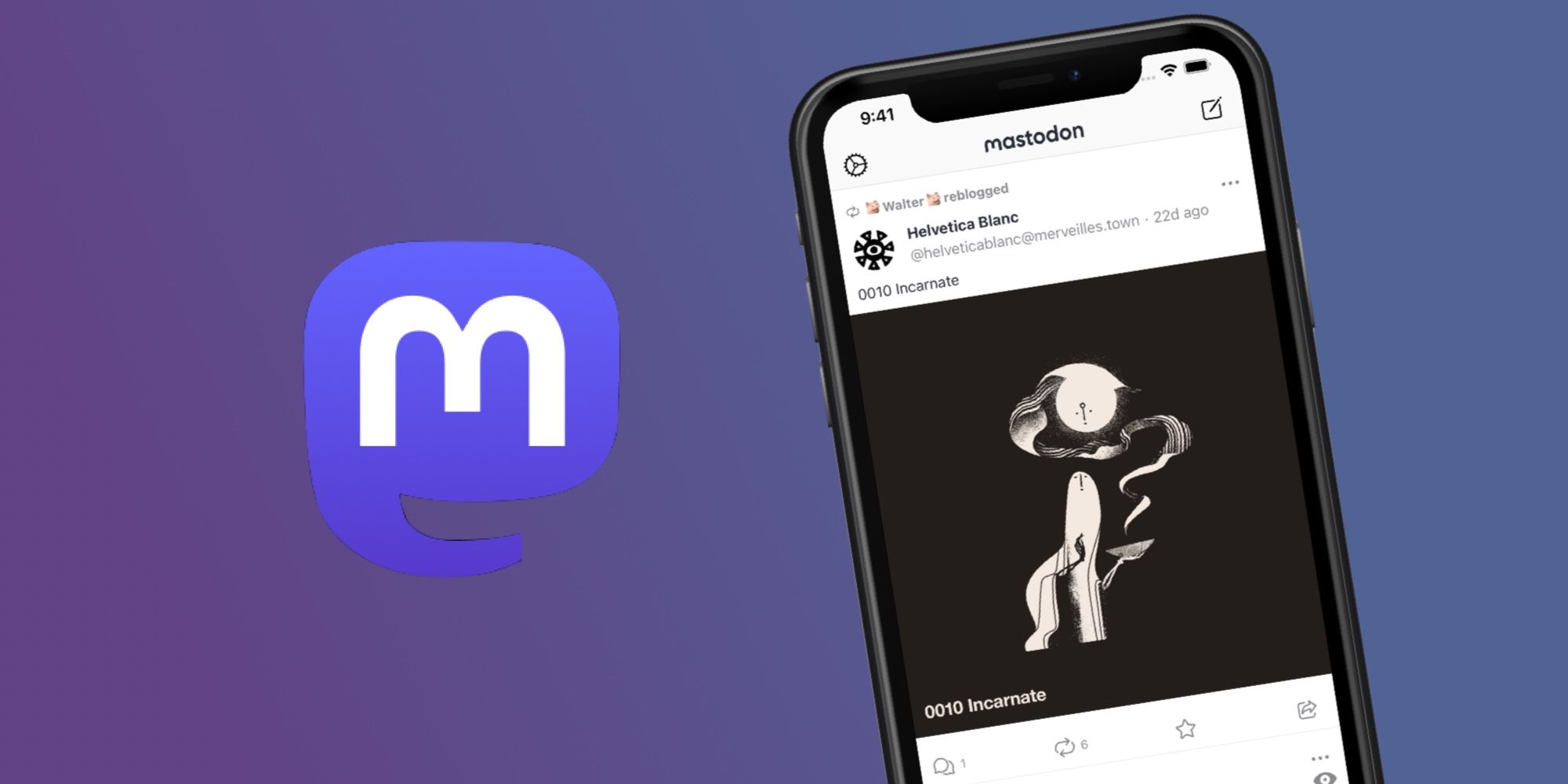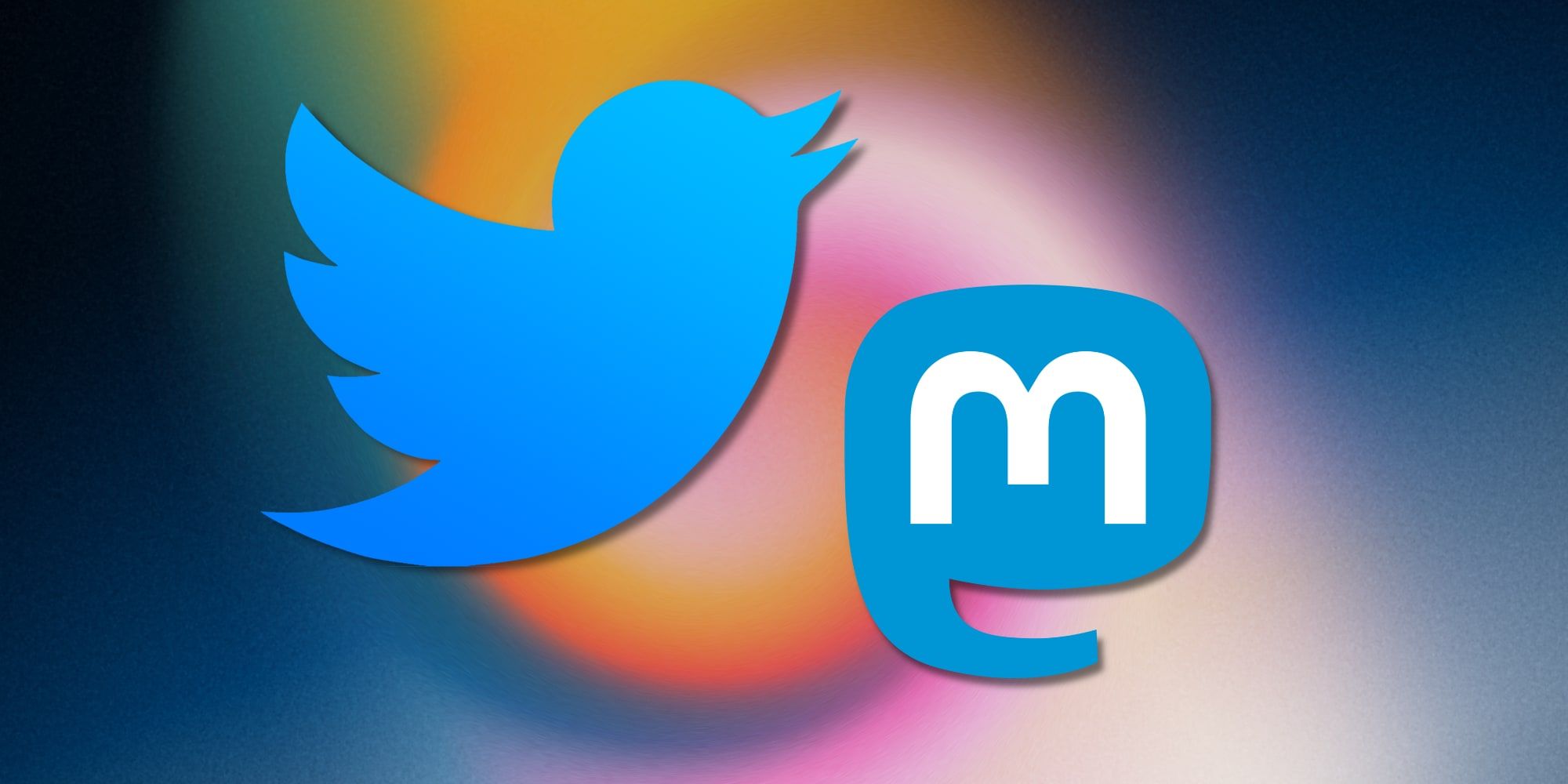As scorned Twitter users abandon the platform en masse following Elon Musk’s takeover, many are turning to the decentralized network, Mastodon, in hopes it’s the next best thing. The nonprofit, open-source social platform founded by German developer Eugen Rochko has been around since 2016 and primarily caters to audiences looking for a more tailored experience around their interests. It’s the bespoke answer to the profit-driven model that currently dominates the social media landscape.
In contrast to the deluge of often irrelevant information Twitter brings the average user, Mastodon is home to thousands of distinct servers, known as 'instances,' where users can congregate in more focused communities. There are Mastodon instances for art, memes, fandoms, social movements — the list goes on and on (upwards of 4,000 counts). That means users aren’t bombarded with things they have no interest in, like sponsored influencer posts or updates from a certain billionaire CEO.
Amid the tumult of Elon Musk’s first few weeks at Twitter, which has brought mass layoffs to the company, the introduction and immediate repeal of new features, and outrage around plans for a paid verification model, fed up users are heading elsewhere – many of them to Mastodon. So many, in fact, that servers are experiencing major feed delays and more signup requests than admins can feasibly address, and in some cases, crashing entirely. On Monday, Rochko shared that Mastodon had seen 489,003 new user signups and over 1,100 new servers created since October 27.
Is Mastodon The Next Twitter? Not Exactly
Over the last week and a half, the Mastodon founder said he’s had to quadruple the server database’s processing power, among other hardware upgrades, and change the server sign-up process. Just two days after Musk stepped into his new role at Twitter, Rochko posted, “The past few days have extracted a heavy toll from me.” Similarly, server administrators told Wired their instances have been completely overwhelmed by the new users. Unable to keep up with the signup requests, Mike Stone, co-founder of the tech-focused server, Fosstodon, said admins eventually gave in and “just opened the floodgates.” Fosstodon briefly went down at the beginning of the week. Other instances like mastodon.social had to temporarily close registrations, and users have griped elsewhere online about how long it’s taking for them to receive verification emails, Wired notes.
For those expecting Mastodon to be a direct analogue of Twitter, though, it may be a rocky transition. Users must choose an instance to enroll in before they can start interacting in the wider Mastodon universe of microblogging (or “fediverse,” as the decentralized social network is often described). These sometimes require approval and conditions prospective applicants must meet. Once in, users can then navigate other servers and start following other users, chatting, and “boosting” (reposting) or favoriting others’ posts.
It’s a smaller pool of voices relative to Twitter that requires more direct involvement to curate, which may be tough for people who spent years building up an audience. But proponents insist it’s worth it for an ultimately more enjoyable, less toxic online experience than what Twitter can offer. The current moment is “a great opportunity for people to finally see that social media can be done differently, that it can be a protocol not under control of any single company,” Rochko wrote about Mastodon’s sudden popularity, and right now, that seems to be exactly what a lot of people fleeing Twitter are looking for.


